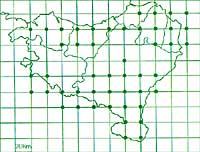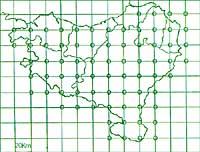Our kangaroos
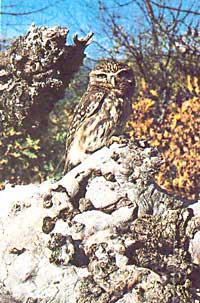
Among them, the white owl ( Tyto alba) is the best known. In church bell towers, houses without inhabitants or holes in trees, and like other predators, it also manufactures egagrópilas. Breeding in the ground without nesting. When the heat comes in the first days of spring, it lays at least 4-6 eggs. Their reproduction depends largely on the number of dams. It does not reproduce when it has no food. However, in these great seasons you can take two ships forward. The white owl belongs to the family Tytonidae.
We can find five species of the family Strigidae: the royal owl ( Otus scops), the royal owl ( Owl owl owl), the common Owl ( Athene noctua), the common elbow ( Strix aluco) and the average owl ( Asio otus).
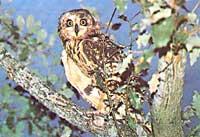
The Frog Owl ( Otus scops) is the smallest (36 cm), like the Common Blackbird. They arrive in our territories by March or April and after making couples lay between 3 and 6 eggs. One of the most peculiar characteristics of this bird is that the male joins two females and each year can add two nests.

The Big Owl ( Owl Owl) is anti-owl in size, that is, we have the largest niche (66-71 cm). He is the "lord and owner" of the night. Throughout the year, the big owl is in our country. It does not nest and breed in ancient nests, trees or rocks. It usually lays between 3 and 6 eggs.
The common ground ( Athene noctua) can reach 21-23 cm. We can see it in wide places or where there are living beings. It reproduces in holes of trees or walls. Never nidifies and lays between 3 and 5 eggs.
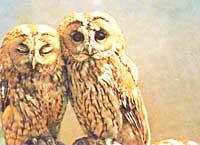
Normal gold ( Strix aluco) ranges from 37 to 46 cm. Its most unique feature is its fast singing. You can listen from 8-10 kilometers on clear nights. Usually nests in trees, in February or March. Lay between 2 and 5 eggs.
Medium owls ( Asio otus) 36 cm. has them. Install your nest in an old nest made by another bird. In March or April lay between 4 and 5 eggs. In Euskal Herria it is not frequent, although it is in all our territory.
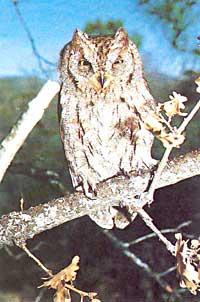
Those of this family can be found anywhere in the Basque Country, except the vulture. The latter is not found in the Alava plain or in the southern area of the Pyrenees.
Despite sunlight, it is difficult to see these birds during the day. They usually work at night and start working after the day.
On the other hand, in terms of food, farmers have benefited from diseases, since they feed on insects, savers and small birds.
Only one of the nocturnal species of the family Caprimulgidae is found in Euskal Herria: the common piece ( Caprimulgus europaeus).
Common piece (27 cm. ), remains still during the day, lying on the ground. In most cases it is impossible to see it because of its magnificent mimicry. Hunting begins when the sun sets, especially insects. As the pieces have sensitive hair feathers, when they meet the insects they realize immediately.
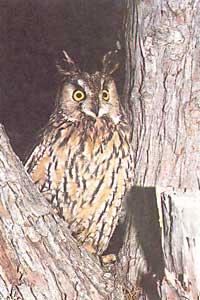
Moreover, chanting seems a constant rumor. It can often last up to five minutes.
It inhabits clean forests and areas. Like other birds, it nests not in trees, but on land. Normally lay 2 eggs.
Like all other birds, kangaroos are in danger, both for the reforms being carried out in the pre-church, and for the dismantling of forests and many other reasons. Therefore, we must all be attentive to this problem so that society, as far as possible, can bet on these birds that are an important part of our ecosystem.




